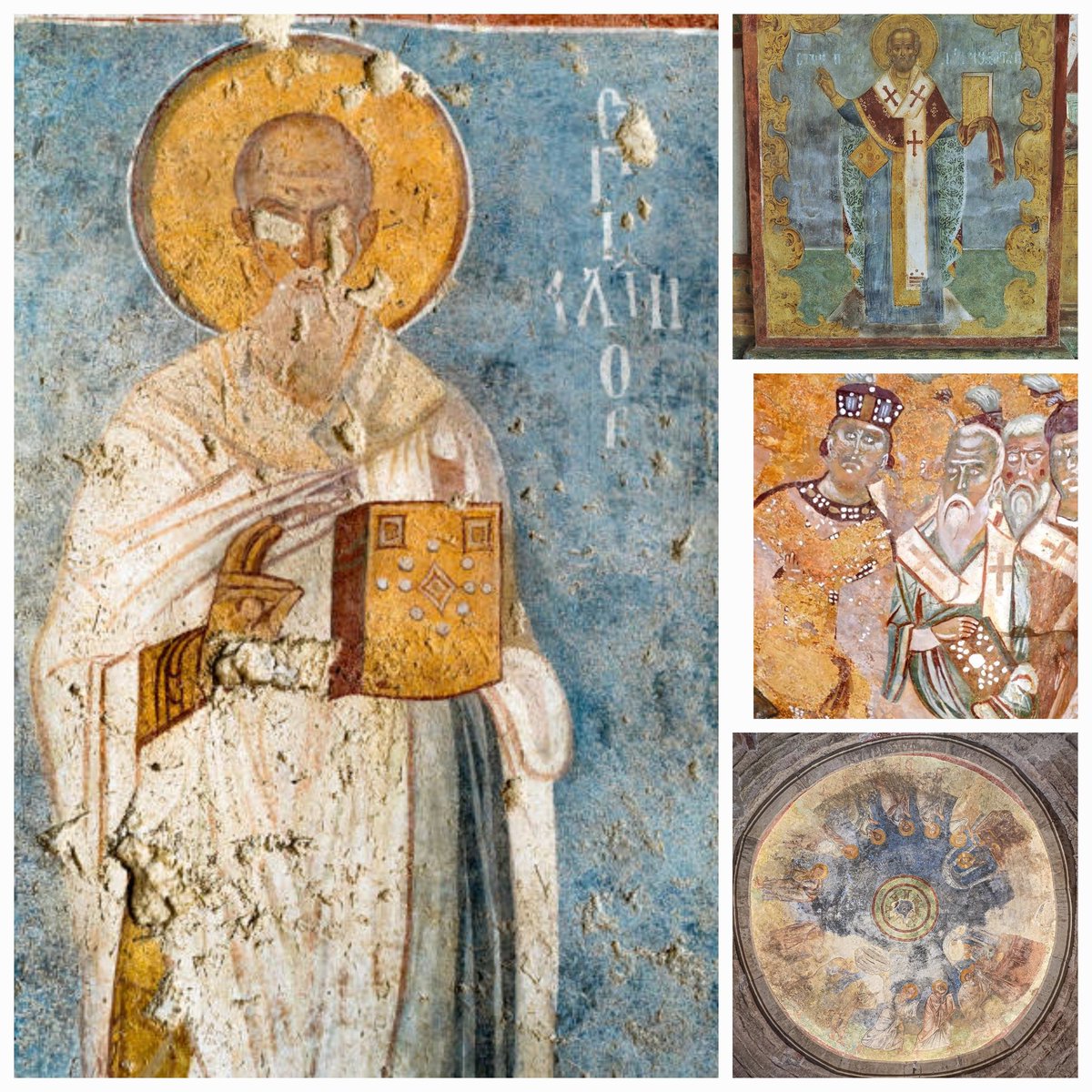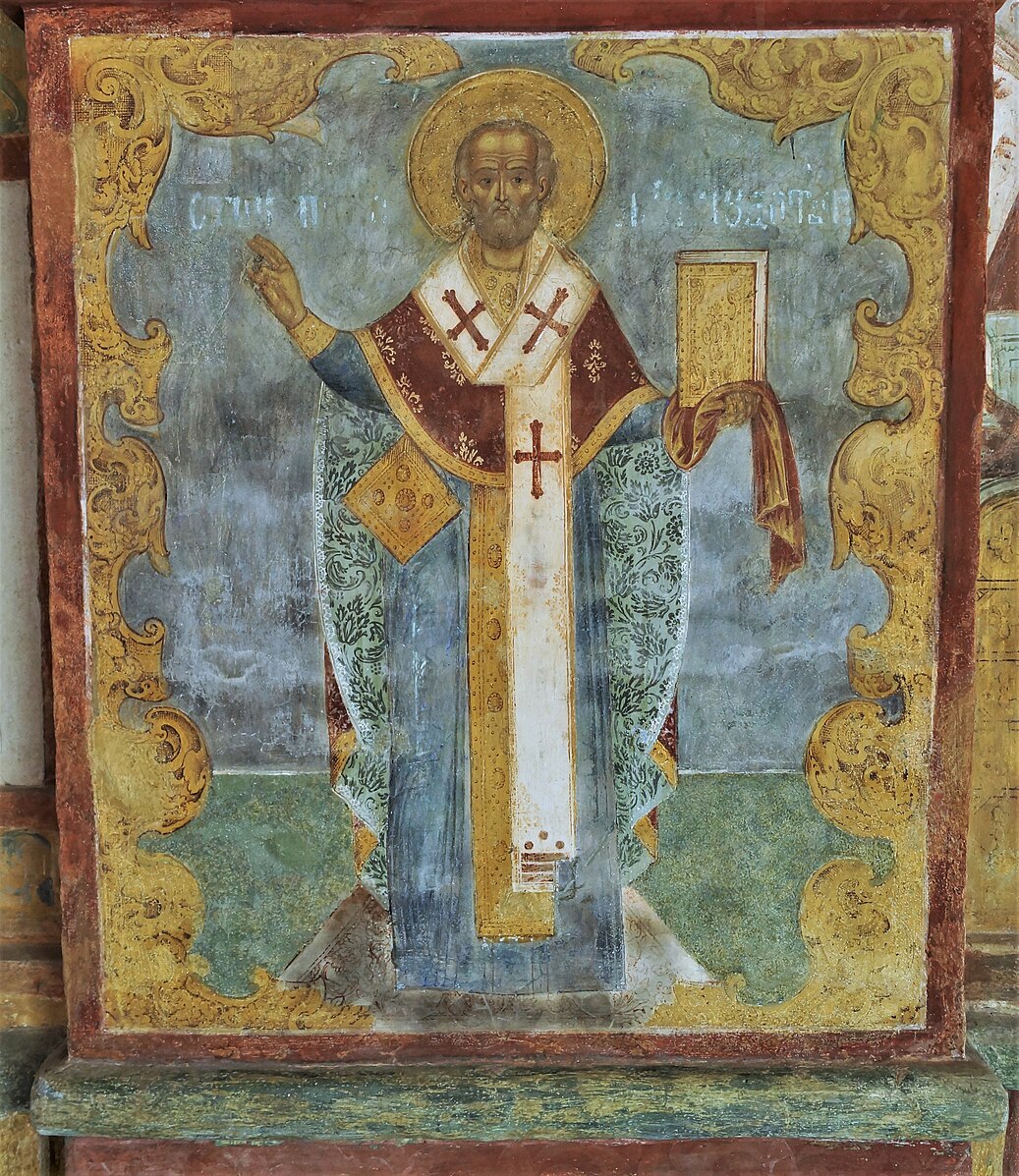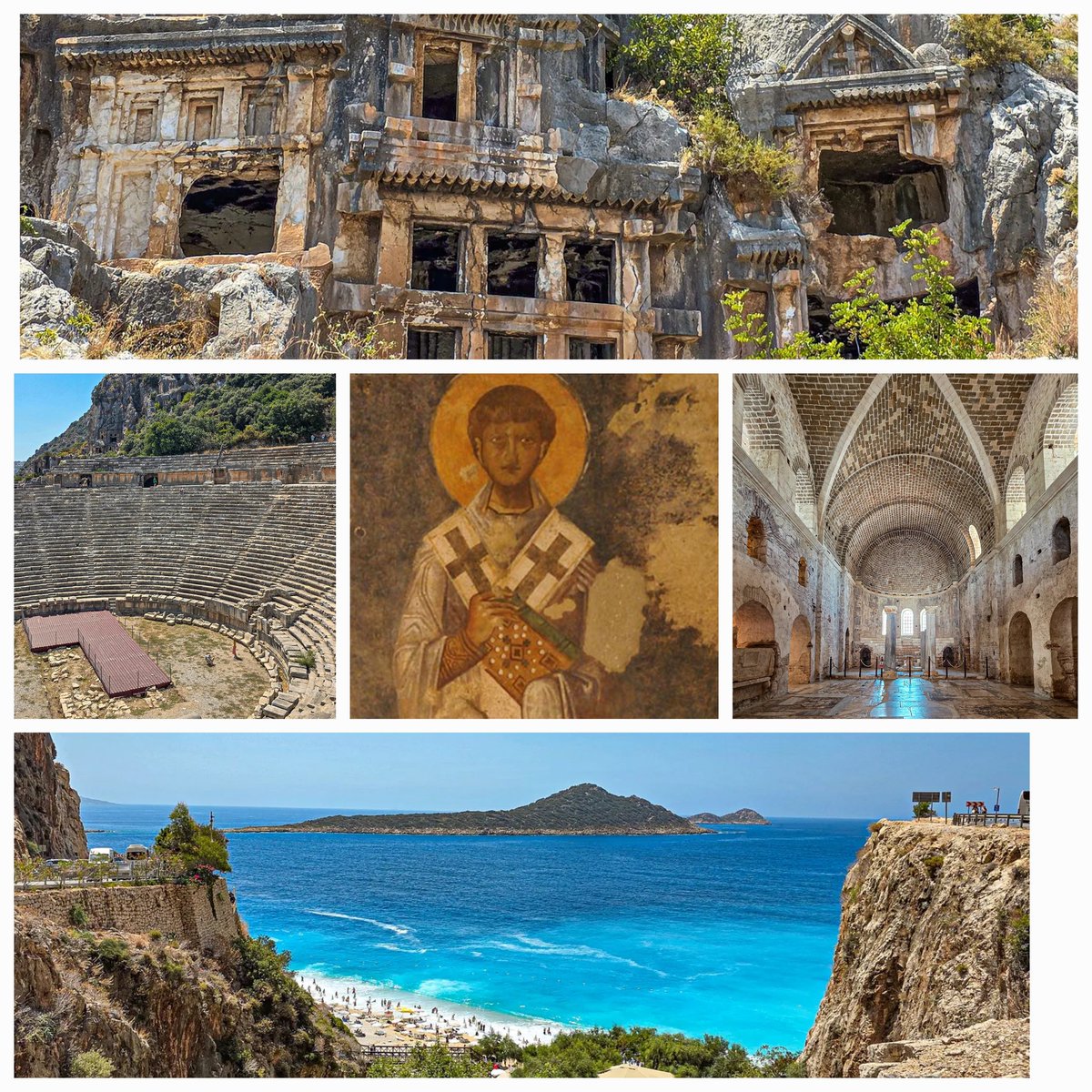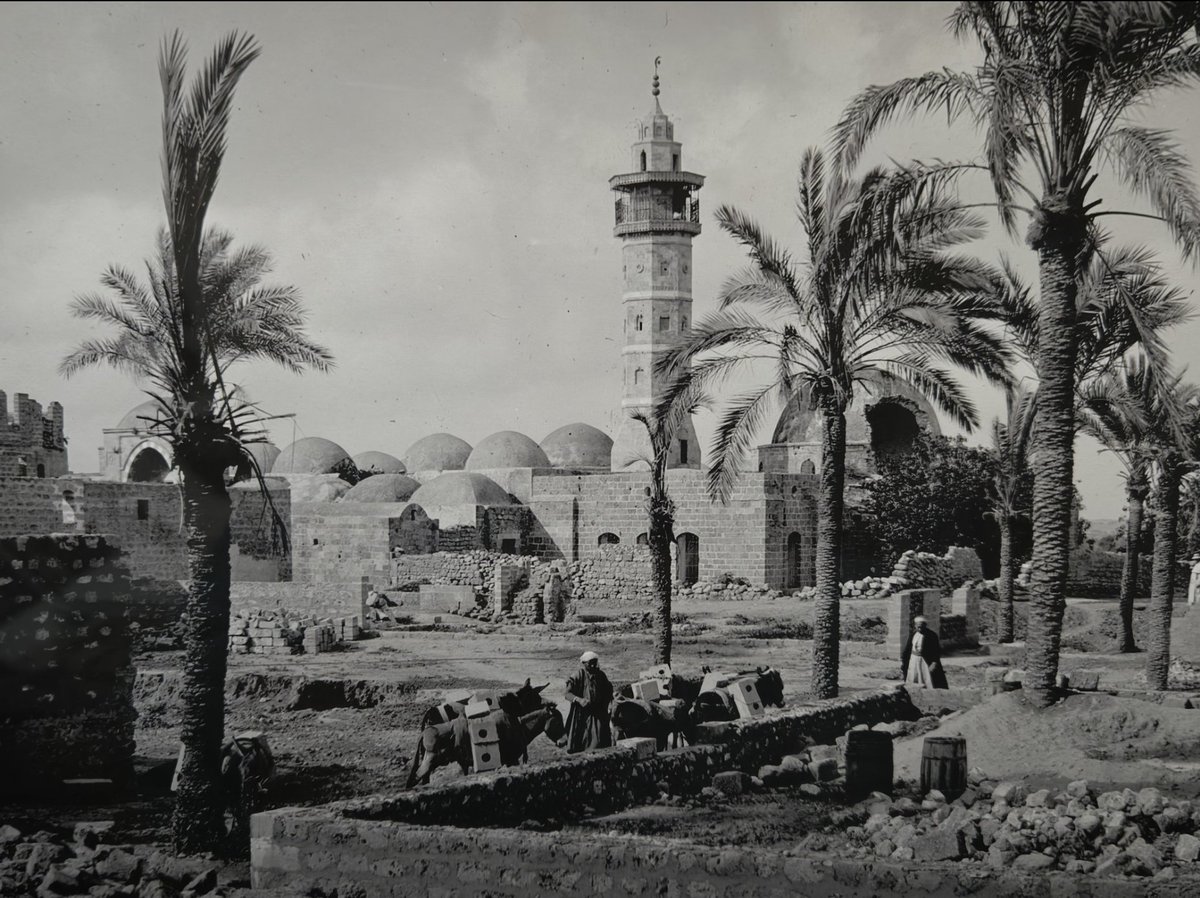This is so tragic! I have twice made the trek to Devi Kothi to admire the Pahari frescoes and this is devastating news
@Yashaswini_Ch
@Yashaswini_Ch
https://twitter.com/hemantsarin/status/1395596535300194304
Devi Kothi is home to some of the greatest Pahari frescoes in existence. How could this be allowed to happen? 

On my first visit to Devi Kothi in 2012 I wrote this piece about the temple in the FT:
"This remote village is home to one of the finest sets of 18th-century frescoes in north India, and certainly the greatest cycle of Pahari painting still in situ."
ft.com/content/5c6993…
"This remote village is home to one of the finest sets of 18th-century frescoes in north India, and certainly the greatest cycle of Pahari painting still in situ."
ft.com/content/5c6993…
"Here in the middle of these remote hills, on the walls of a small wooden shrine, are paintings that would do honour to the most sophisticated urban centre..."
ft.com/content/5c6993…
ft.com/content/5c6993…
"Straddled on her tiger, the Goddess swoops down on an army of horned devils, cutting heads with a sweep of her divine blade. In one hand she holds a shield, in others tridents, bells & an assortment of spears &javelins. They are astonishingly strong& confident compositions." 

I am just appalled by the recent destruction at Devi Kothi- probably the greatest surviving masterpiece of Pahadi art still in situ and the Sistine Chapel of Himachal Pradesh. Does anyone know how much of the temple was demolished before it was stopped? 





Devi Kothi is one of the supreme artistic expression of Hindu spirituality, and one of the greatest Pahari frescoes cycles still surviving. Why was nothing done to safeguard it? 





Here is an excellent Sahapedia paper on the Devi Kothi temple: sahapedia.org/murals-devi-ko…
Update from Sarang Sharma in Chamba: "In my understanding, the RCC work which had started around the temple premise has made the foundation weak & vulnerable to damage. The region is prone to earthquakes and falls under the High Damage Risk Zone in terms of Seismic activity." 1/2
"There is noticeable damage on the walls & pillars of the temple and deep cracks have developed on the surface. Even a minute jolt would wreak the structure and it might not be able to stay intact. There is a dire need to conserve and restore the temple before it is too late" 2/2
• • •
Missing some Tweet in this thread? You can try to
force a refresh


































